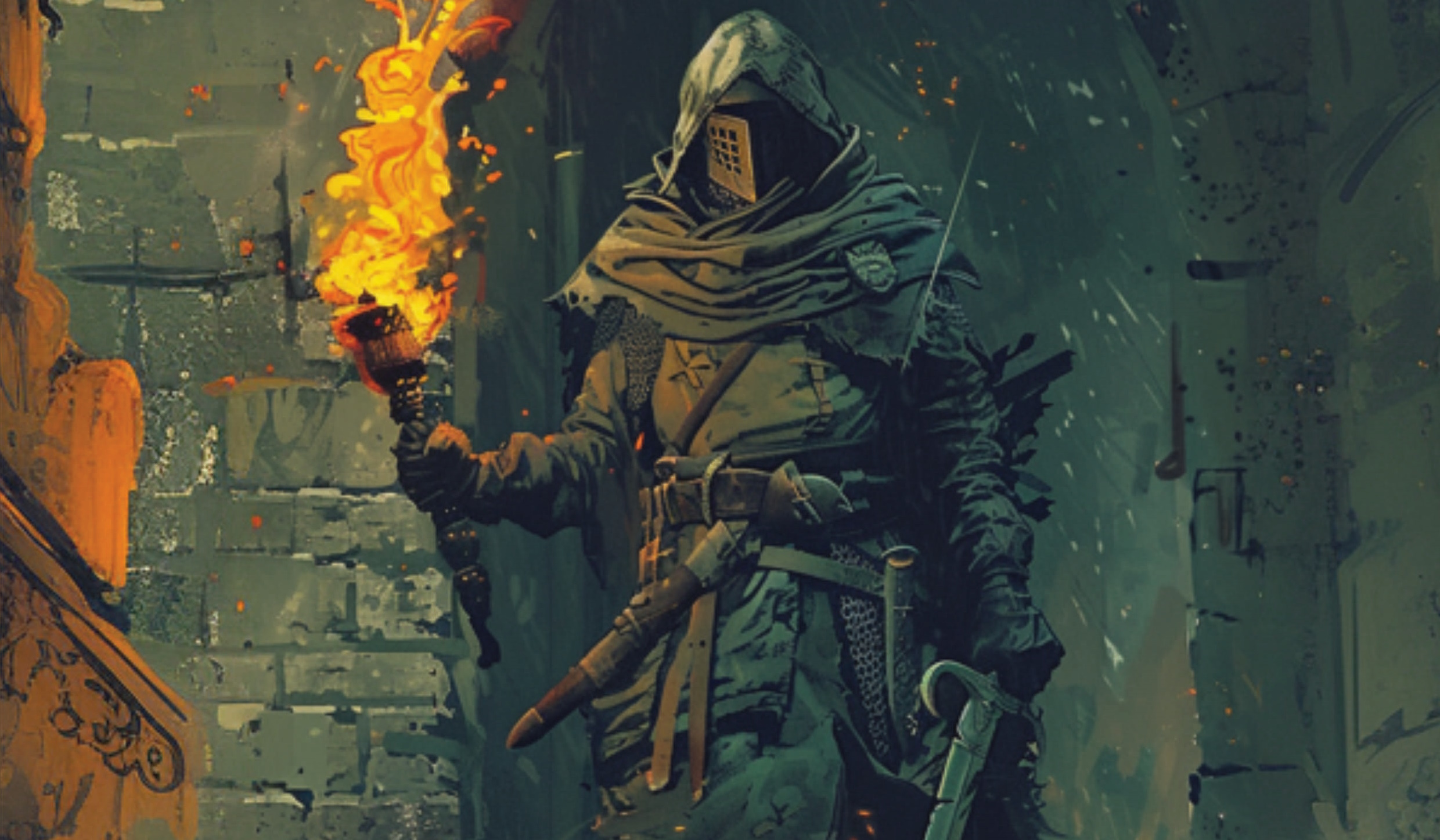Dungeoncraft: Religion on Asecia
In most medieval-fantasy campaigns the gods are very real, they grant spells to their most devout followers and they sometimes even walk the earth. In a world like Asecia, I want religion (especially organized religion) on of the major forces of the world but I don’t want gods meddle with the affairs of humans. Although there are several religions on Asecia the gods themselves never interact with the living (although the pious believers will probably tell you otherwise).
As I wrote about in the first episode, there is no special divine magic. But most people believe that the mark of sorcery is a gift from god (or the gods) and organized religion and the magocracies worked hand-in-hand for millenia. But in the times of urbanization and industrialisation the power of religion starts to wane.
But let’s first talk about the major religions.
The Holy Cerynian Church of the Great Architect
Shortly after the Cerynian empire became the first democracy the Cerynians adopted the religion of the Great Architect. In earlier times they revered the Three Sisters, three vengeful and unforgiving goddesses. But then a young prophet from a small province at the border of the empire started to tell the people about the Great Architect, a loving and creating god that created the world for humans to make their own. The new religion was very successful with artists and craftsmen, that preferred the positive creativity of the Great Architect over fearful obedience to the Sisters. Especially the mages opposed that new religion because they feared that they would lose their power, because it was believed that magic was a gift from the Sisters. But in the end the new religion prevailed.
The Holy Cerynian Church of the Great Architect is now one of the major religions in Cerynia and the other nations of Asecia. Following a long tradition most priests were craftsmen or artist before they were ordained. Followers of the Great Architect believe that the best way to please their god is to create something that outlasts their death, like a piece of art or a building. Members of the Church of the Great Architect don’t beliefe in an afterlife and they strive to live a fulfilling and pious life.
The Symbol of the Church of the Great Architect is a hammer and compasses. The priest usually don’t take a vow of chastity but some monks do so in order to focus on their religious or scientific studies but those vows are normally not for life. The tradional garb of the priests is a simple grey hooded robe.
The Brotherhood of the Three Sisters
Although the Brotherhood has lost most of its members hundreds of years ago, the religion is still alive. The Brotherhood believes in the Three Sisters, three vengful (sometimes almost evil) goddesses that expect complete obedience from their followes. In Brotherhood dogma all sorcerors are the Sisters’ children and shall be revered as well. In the Brotherhood only men are allowed to pray and take part in church service. There are a lot of rules which regulate the lives of the believers and not following those rules leads to fast and draconic punishment. The Brotherhood’s symbol are three black female figures in front of a red disc. The priests usually wear read, unadorned robes and featureless black masks that cover the whole face.
The Church of St. Michael
Michael d’Arellien was a minor noble with almost no magical talent born on one of the island that are now called the Principality of St. Michael. He was a devout follower of the Great Architect but pretty insignificant until a fateful day when suddenly his magical talent increased hundredfold. It is said that his magical aura and his eyes were shining bright as the sun even when he was not actively using magic. That influx of power has given him immense insight and hidden knowledge of the world. He used his new-found talent to help people, heal the sick and he preached about a better world for all humans. Many people believed that he was the reincarnation of the Great Prophet or an avatar of the Great Architect himself.
He convinced the Cerynian Empire to grant the Western Isles independence and became their first prince. But he tought of himself not as the ruler but the servant of his people. In the following years tales of miracles spread throughout the Isles.
All of the Principality sects started to rise that believed the prince was more than a man. They believed he was the Architect himself walking amonst men. And when Michael d’Arellien suddenly vanished without the trace it was believed that he transcended.
Today the major religion of the Isles is Michaelism. The Church of St. Michael still resembles the Chruch of the Great Architect but its followers believe that a man, St. Michael of Arellien, was an incarnation of the Architect himself and that he came to lead the Isles into freedom. The priest of that religion wear white silken robes adorned with the symbol of a white-blue star.
Minor Religions
The citizens of Tovenar are followers of the Great Architect but there was a schism several hundred years ago that lead to the creation of the Holy Tovenari Church. The Holy Tovenari Church uses a slighty modified liturgy and this church is mostly based on monastries. Tovenari priests wear black robes.
There are rumors that the people of the lost kingdom of Rivenar worship some kind of evil entity, but that’s unconfirmed and doubted by most scholars.
There are also a lot of atheists and agnostics in most countries especially in Cerynia and the Principality.
So, that concludes this episode of Dungeoncraft.



1 comment